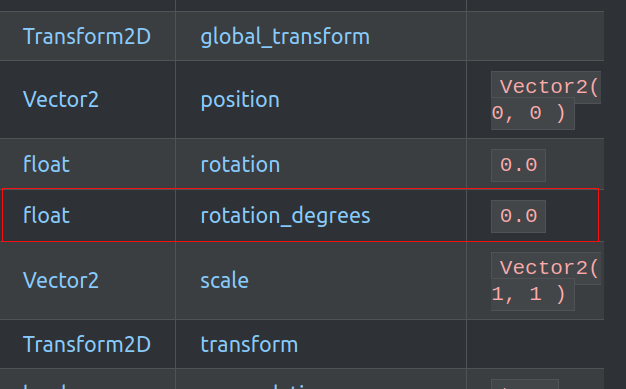
One of the most demanded features in Godot is terrain support, so I want to clear some misunderstandings regarding its future availability on the engine.
If you are interested in this being supported in Godot, read this thread! 🧵
If you are interested in this being supported in Godot, read this thread! 🧵

Unlike other features provided built-in, terrain is _very_ high level. More often than not because its not just terrain alone. You want to be able to draw foliage, complex materials, water, manage object instancing, LOD strategies, non heightmap geometry, trigger logic, etc..
Like, sure, you may want it for quick prototyping, but where to draw the line of what is prototype and what is not is not simple. We even ran into these types of issues with CSG. It was for prototyping until more and more users want more complex features to use it in production..
If we implemented this feature built-in, due to its high level nature, most advanced users would want to keep adding more and more features to it in order to satisfy their game needs. Ultimately, they would need to keep a fork of the engine, and this is unfortunate..
So, the solution to this is to implement terrain as an add-on, even an official one. This way we can keep adding more and more features to it without worrying about bloating the engine for the users who don't need it and without forcing users to fork it if they add their own..
So what stopped us from doing this? Why does it not exist yet? well, it's just that this needs to rely on Godot 4 features and them being stable:
* GDExtension
* The new rendering APIs
* Editor APIs
* etc..
* GDExtension
* The new rendering APIs
* Editor APIs
* etc..
These prerequisites are only being met *now* as we reach stable release, so any work on terrain will not make sense happening (at least extensively) until after that.
Of course, we also rely on contributors wanting to work on this feature and/or donating their implementation..
Of course, we also rely on contributors wanting to work on this feature and/or donating their implementation..
So, after Godot 4.0 is out, what will happen officially is to start work on public proposals to define the extents of this feature with the help of the community. Then, we will see who is interested in working on it, whether it needs financing and how to procure funds if so..
That's pretty much it. Its something that should happen at some time (hopefully soon) but not before 4.0 is out. Thanks for your understanding!
• • •
Missing some Tweet in this thread? You can try to
force a refresh









